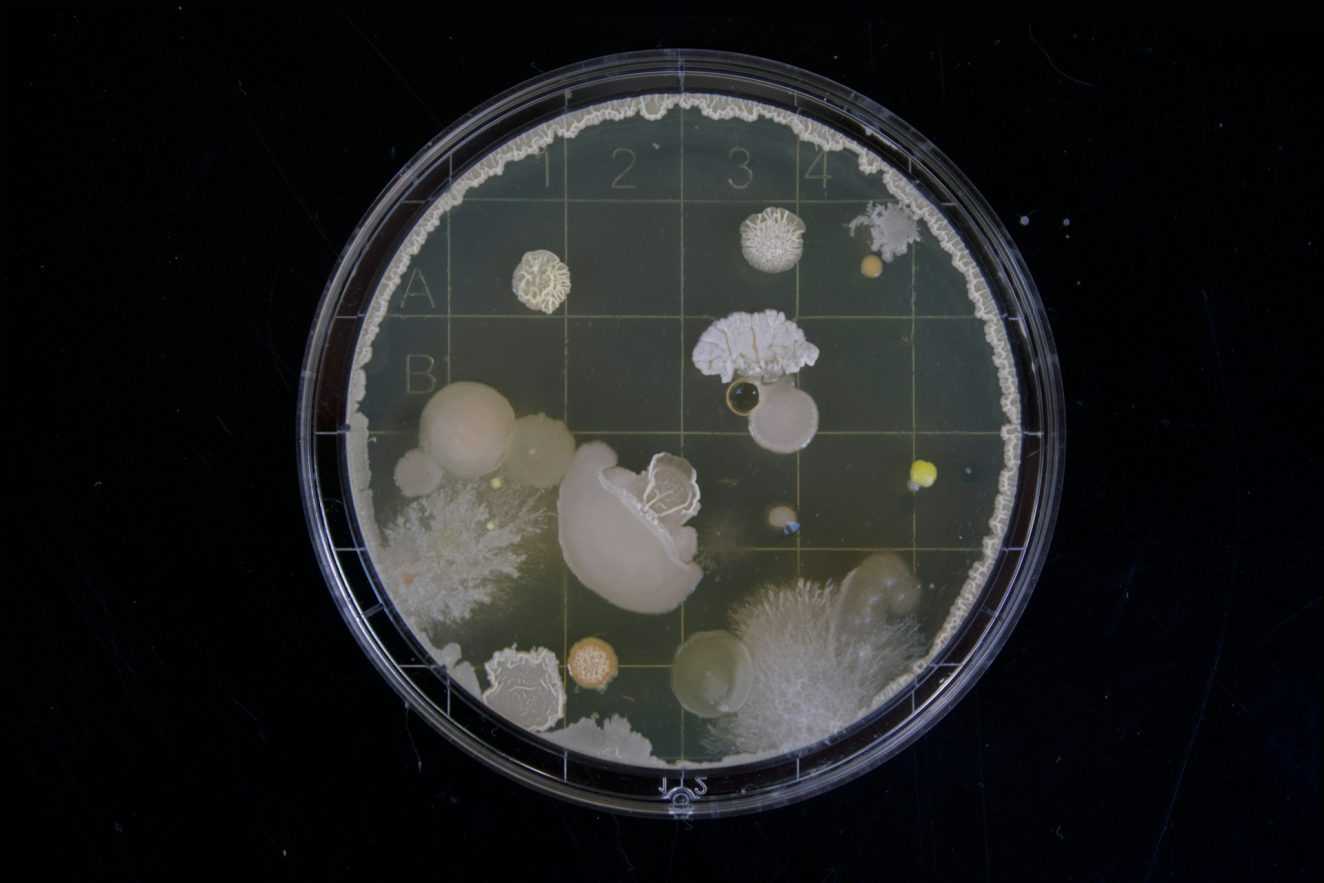Cells, the microscopic building blocks of life, play a starring role in the grand narrative of biology. While we often learn about the basics of cells in school, there’s an entire world of cellular wonders that might have escaped our attention. Join us on a journey into the intricate realm of cells as we unravel some astonishing facts that are sure to leave you marveling at the complexity and brilliance of these fundamental units of life.

10. Cells Come in Diverse Shapes and Sizes
Contrary to the spherical cells we often encounter in textbook illustrations, cells exhibit a staggering array of shapes and sizes. From the elongated neurons that transmit electrical signals in our brains to the hexagonal cells forming honeycomb structures in beehives, the diversity of cellular forms is nothing short of extraordinary.
9. Mitochondria Have Their Own DNA
Mitochondria, often hailed as the powerhouse of the cell, harbor a surprising secret – they possess their own DNA. This mitochondrial DNA (mtDNA) is distinct from the DNA residing in the cell nucleus. This unique genetic material hints at a fascinating evolutionary history, suggesting that mitochondria might have once been independent organisms before forming a symbiotic relationship with cells.
8. Cells Can Communicate Using Nanotubes
In a cellular version of telecommunication, some cells use tiny structures known as nanotubes to establish direct communication. These nanotubes, long, thin extensions of the cell membrane, allow cells to exchange signals, organelles, and even genetic material over significant distances. This discovery challenges the conventional view of cells as isolated entities and emphasizes the intricacy of their interactions.
7. Cells Are Master Architects
Cells possess an innate talent for construction that would make any architect envious. The extracellular matrix (ECM), a network of proteins and carbohydrates surrounding cells, serves as a cellular scaffold. Cells meticulously organize this matrix, creating intricate structures and frameworks that provide support, convey signals, and facilitate dynamic processes like tissue repair.

6. The Immortal Cells of Henrietta Lacks
The story of HeLa cells, derived from the cervical cancer cells of Henrietta Lacks in the 1950s, adds a human touch to cellular biology. HeLa cells are renowned for their unique ability to divide indefinitely, making them immortal in laboratory settings. They have been instrumental in numerous scientific breakthroughs, from the development of the polio vaccine to advancements in cancer research.
5. Cells Can “Eat” Each Other
In a process known as phagocytosis, certain cells have the ability to engulf and digest other cells or particles. White blood cells, for example, use phagocytosis to eliminate bacteria and debris. The efficiency and precision of this cellular devouring highlight the sophisticated mechanisms at play within our immune system.
4. The Intricate Dance of Cellular Division
Cell division, a fundamental process for growth and repair, involves an intricate choreography of molecular movements. The cell must accurately duplicate its genetic material and distribute it evenly to two daughter cells. The orchestration of this intricate dance involves a myriad of proteins and checkpoints to ensure precision and fidelity throughout the process.
3. The Hidden World of Cellular Motors
Within cells, tiny molecular motors are at work, transporting cargo along intricate highways of microtubules. Kinesins and dyneins, the motors responsible for this transport, “walk” along the microtubules, carrying vital cellular components to their designated locations. This dynamic transport system is essential for the proper functioning of cells.
2. Stem Cells Hold Tremendous Therapeutic Potential
Stem cells, with their remarkable ability to differentiate into various cell types, hold immense promise for regenerative medicine. These unspecialized cells can repair damaged tissues and organs, offering hope for treating conditions ranging from spinal cord injuries to degenerative diseases. The field of stem cell research is continually expanding, exploring new avenues for medical breakthroughs.
1. The Cellular Symphony Continues
As we delve deeper into the mysteries of cellular biology, it becomes clear that the world of cells is a realm of perpetual discovery. From their diverse forms to their intricate communication networks, cells embody the marvels of life. The more we unveil about these microscopic entities, the more we realize that the cellular symphony is an ongoing and captivating performance, with each fact uncovered adding another note to the melody of biological understanding.

Cells, though unseen by the naked eye, are the unsung heroes orchestrating the symphony of life. These fascinating facts offer a glimpse into the astounding complexity and versatility of cells, emphasizing that there is always more to learn and appreciate about these microscopic marvels that form the foundation of biological existence.





